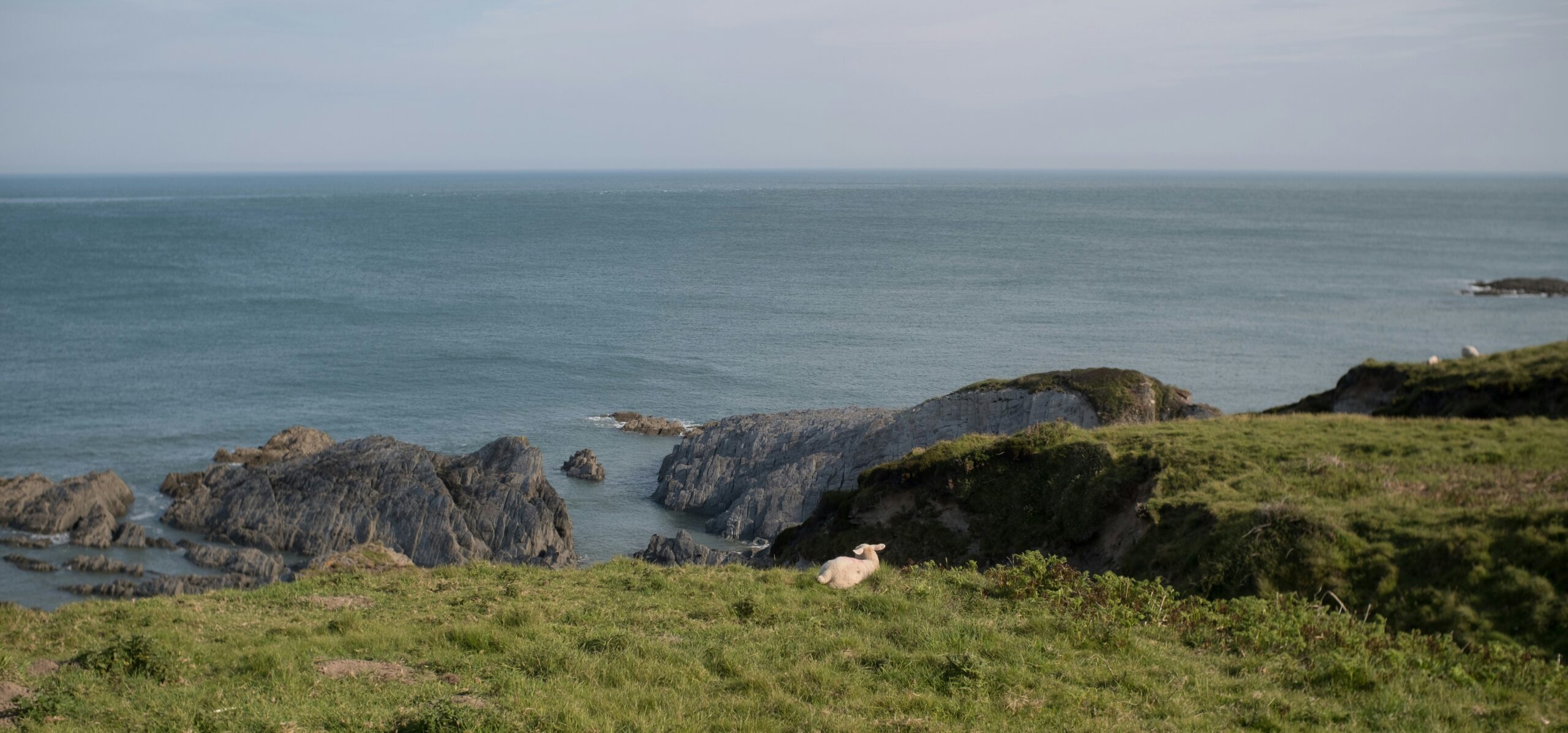Photo by Veronica White
First floating wind demonstration project approved for Celtic Sea
Flotation Energy and Cobra have secured full onshore and offshore planning approval for their 100 MW White Cross floating offshore wind project in the Celtic Sea. North Devon councillors granted consent for the onshore infrastructure in May, with North Devon Council issuing its decision notice for full approval on Tuesday (August 5), while the Marine Management Organisation issued a Marine Licence for offshore construction on 16 July.
The project, located 52 kilometers off the Devon coast, will consist of six to eight state-of-the-art floating wind turbines and generate enough clean electricity to power around 135,000 households when operational. Sam Park, senior project manager, said: “This is an important moment for the White Cross Offshore Windfarm, and for floating offshore wind in the Celtic Sea. This gives us a valuable opportunity to harness pioneering technology to help deliver the energy transition in the South West.”
Cable route through protected areas sparks significant backlash
The decision to bring the electricity cable from the project ashore at Saunton Sands sparked significant backlash over environmental damage, disruption to tourism, and increased heavy vehicle traffic. The scheme was first submitted nearly two years ago and faced almost 2,000 objections and a petition of nearly 4,000 signatures presented by the Save Our Sands campaign group, compared to 41 letters of support.
North Devon Today reported: “While few if any in North Devon objected to the turbines themselves, the plan to bring the electricity cables onshore at Saunton Sands and then tunnel them under almost five miles of highly protected areas to a substation at Yelland raised a huge amount of opposition.” Campaigners fear the scheme will cause major disruption to Saunton beach and nearby Braunton while works continue for up to two years.
Sam Park responded: “In response to feedback, we have adapted our plans to minimise environmental and social impacts.” The developers say they will use ‘trenchless’ technology to bury the cables, which must be between 1.5 and three metres below ground, according to planning conditions.
The company said “advanced trenchless technology” will be used to avoid surface disruption in sensitive ecological areas such as Braunton Burrows Special Area of Conservation and the Taw-Torridge Estuary Site of Special Scientific Interest. Work is expected to start on the cabling in 2027 and the wind farm in 2028, according to developers.
Project positioned as Celtic Sea technology demonstrator
Park emphasised: “The UK is already a leader in floating offshore wind technology, but until now this has only been via projects in Scottish waters.” The developers described the project as “a stepping stone project that is pivotal to the Crown Estate’s ambitions to scale-up and commercialise floating energy technologies in the Celtic Sea.”
Planning approval follows extensive consultation process
The offshore application was submitted to the MMO in March 2023, while the onshore planning application was submitted to North Devon Council in September 2023. Both applications underwent three rounds of public consultation before receiving approval.
North Devon Council’s Planning Committee approved the project on 7 May 2025 with 10 votes for, two against and one abstention. The approval includes conditions that construction work cannot occur outside daylight hours or on Sundays and bank holidays, with drilling activities restricted to April-October periods.
Legal challenges threatened as project moves forward
Campaign group Love Braunton, assisted by Save Our Sands, continues to fundraise for a legal challenge to halt the development or require cables to come onshore at a less sensitive location.
Campaigners have challenged the much-touted ‘£350million investment’ developers say will bring to the South West. The White Cross project figures state the development and construction phase will bring in £51m, but that is across the South West and Wales combined. The calculations also claim the wind farm once operational will support 30 jobs and bring in £2m a year, but again across both regions. Over its 26 year lifetime, the total ‘value added’ would be £153m for the two regions. There is no indication when construction work will begin, but the onshore construction work must commence within three years as required by planning permission conditions.
